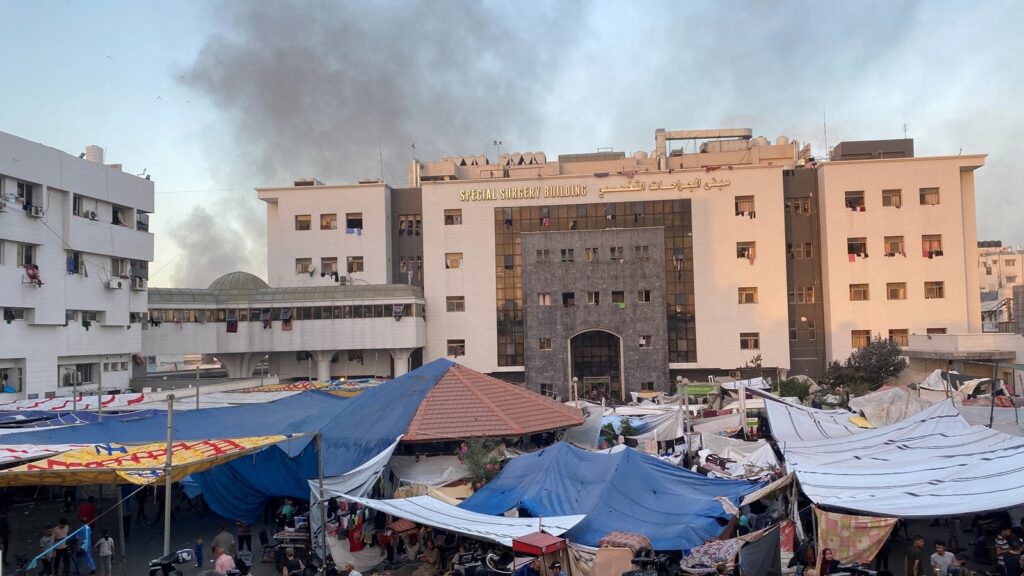The short truce in Gaza comes as a major relief for the 2.3 million beleaguered residents of this small sliver of territory, which has seen heavy bombardment by the Israel Defence Forces for over 40 days now. This welcome window of four days, during which Hamas and Israel are expected to exchange hostages and prisoners, should enable relief agencies to send in food, medicines, and other assistance to a population that has been living in prison-like conditions while facing gunfire and bombs.
The truce is likely to begin on Friday. Hopefully, both parties will stick to the modalities worked out and deliver on their commitments: Hamas is to release 50 hostages (women and children) in return for 150 Palestinians lodged in Israeli prisons. Israel has reportedly said the truce could be extended to facilitate the release of more hostages and even published a list of 300 Palestinian prisoners, who could be bartered in place of the hostages. This offers hope that the truce could go beyond the present window.
Friends of Israel, particularly the US, need to convince Tel Aviv that it cannot continue the war on the premise that it needs to eliminate Hamas. Eliminating Hamas may be a tall order since it is also a political body that got elected to office in Gaza. Military action aimed at eliminating a political force could only mean a war without end, many more civilian deaths and further destruction of Gaza. So far, at least 14,000 Palestinians — 40% of the victims are children — have been killed in retaliation for the 1,200 Israelis killed in the Hamas terrorist strike on October 7. Tel Aviv must also reflect on the fact that its singular investment in a military response to Hamas’s October 7 action has only turned international opinion against Israel despite the long history of anti-Semitism and that country being the victim of terrorism. As Prime Minister Narendra Modi said at the virtual G20 meeting, diplomacy and dialogue are the only way forward to defuse what is both a territorial and a political crisis. The time has also come for the international community to work on the two-State solution, agreed upon in the 1993 Oslo Accords but ignored since. This appears to be the only plausible solution to bringing permanent peace to the region.
Continue reading with HT Premium Subscription
Daily E Paper I Premium Articles I Brunch E Magazine I Daily Infographics


